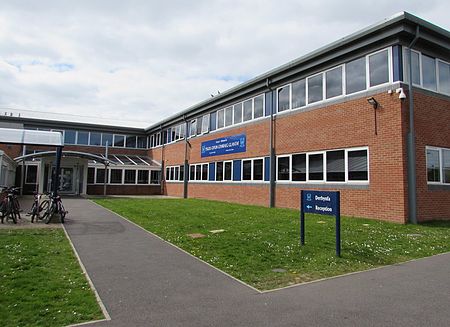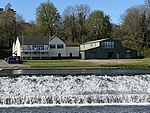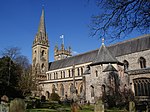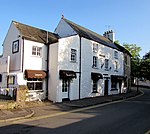Ysgol Gyfun Gymraeg Glantaf
1978 establishments in WalesEducational institutions established in 1978Secondary schools in CardiffUse British English from May 2015Welsh-language schools

Ysgol Gyfun Gymraeg Glantaf (Taff Bank Welsh Language Comprehensive School) is a Welsh-medium coeducational secondary school in Llandaff North, a district in the north of Cardiff, Wales; it is the largest of its kind in the country. Of the three Welsh-medium secondary schools serving Cardiff, it was the first to be established; the others are Ysgol Gyfun Gymraeg Plasmawr and Ysgol Gyfun Gymraeg Bro Edern. Although all students speak Welsh and normally have received Welsh-language primary education, 68% (as of 2005) come from homes where Welsh is not the first language.
Excerpt from the Wikipedia article Ysgol Gyfun Gymraeg Glantaf (License: CC BY-SA 3.0, Authors, Images).Ysgol Gyfun Gymraeg Glantaf
Bridge Road, Cardiff Llandaff North
Geographical coordinates (GPS) Address Phone number Website External links Nearby Places Show on map
Geographical coordinates (GPS)
| Latitude | Longitude |
|---|---|
| N 51.5012 ° | E -3.22605 ° |
Address
Ysgol Gyfun Gymraeg Glantaf
Bridge Road
CF14 2JL Cardiff, Llandaff North
Wales, United Kingdom
Open on Google Maps









